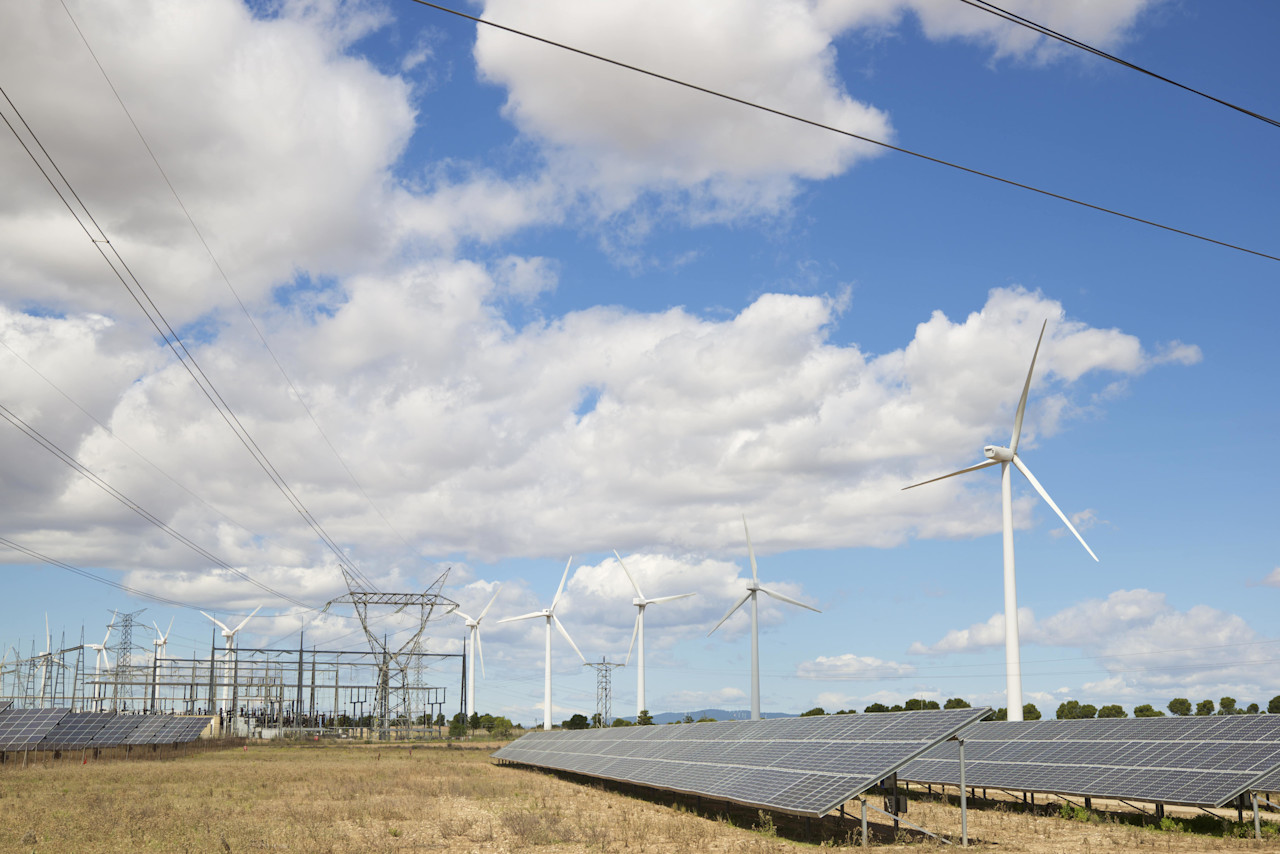

SI Dilemma: To travel or to arrive in the sustainable transition?
The magic word these days for investors seems to be ‘transition’. How we travel, rather than arrive, has become the principle definition for the success of all overarching sustainability topics. ESG momentum depends on it – so are we actually getting there?
概要
- Positive change is expected when investing in negative impact companies
- There is an overlap between sustainable and transition investments
- Transition at portfolio level does not always equal transition at company level
Traditionally, sustainable portfolios have been built using sustainability scores based on the current ESG performance of the companies in which they invest. This is still the key approach for the vast majority of sustainable strategies, like best-in-class and better-than-benchmark portfolios. This approach often reflects the investor’s values. It also expresses the investment belief that more sustainable companies have a better financial performance, though this is not yet proven beyond a shadow of a doubt.1
However, until now this approach has not led to considerably more sustainable development or fewer carbon emissions.2 The notion that the biggest polluters need to be part of the solution –investing and engaging with them while steering your portfolio on forward-looking metrics – is increasingly seen as a better way of contributing to change. Supporting the transition not only does right by investors, but also by regulators.
Definitions of transition investments vary
The EU Commission defines ‘transition’ as moving from current climate and environmental performance levels toward a climate-resilient and environmentally sustainable economy. This needs to be done in a timeframe that can meet the goals of the Paris Agreement, including climate change adaptation and other EU environmental objectives. Taxonomies in Asia, for example in Singapore, also include similar definitions on transition.
These definitions, however, are very much confined to the environment. The UK Sustainable Disclosure Regulation (which is in the making) sees transition in a broader light. It defines sustainability improvers’ strategies as products with an objective to deliver measurable improvements in the sustainability profile of assets over time.
These products are invested in assets that, while not currently environmentally or socially sustainable, are selected for their potential to become so over time, including in response to the stewardship influence of the firm.
In the academic world, transition is also seen in a broader context. For example, in their paper on transformation versus transition, Derk Loorbach and his colleagues show that the concept of transition has been mainly employed to analyze changes in societal subsystems (e.g. energy, mobility, cities), focusing on social, technological and institutional interactions.3
Figure 1: Transition investments

Source: Freely interpreted from the EU Commission’s guidance document
At Robeco, we also see transition in a broader light than only climate, while also recognizing that the climate transition is both very pressing and, in terms of definition and tooling for investors, the most advanced. As such, this makes it easier to practically implement in portfolios.
SI Debate
Dilemmas in transition strategies of listed securities
Given the fact that there is no standard on transition in finance, we see many different approaches in the marketplace. And there are many dilemmas and questions.
The first one is whether a sustainable investment can be a transition investment at the same time. We believe so. According to the EU regulation, a sustainable investment is in an economic activity that contributes to an environmental or social objective, provided that such investments do not significantly harm any of those objectives, and that the investee companies follow good governance practices.
If sustainable transition is considered an environmental or social objective, transition assets that do no significant harm and follow good governance practices can therefore also be a sustainable investment. This means, for example, that green bonds can be seen as both a transition and a sustainable investment. Not all transition investments, however, are sustainable investments.
The second dilemma is which investments to consider in transition products. The first category is clear: high-impact companies with credible transition plans. But then it becomes more difficult: should solution providers, who are helping others to transition, be a part of the transition universe? They are not a transition asset in the sense that their own business model is transitioning, although they are certainly a very important part of the transition. So I feel there should be room for these companies in a transition portfolio.
And what about adaptation? Adaptation is certainly important, but only needed if the transition fails. Some room could be given here in the light of ‘better safe than sorry’. And can we add some leaders in sectors with a low impact, so (financially) diversify the portfolio?
The latter is probably a bridge too far. Any investment in a transition product should at least have material exposure to the transition objective(s). And the exposure to transition assets and solution providers should be balanced.
Transition at the portfolio or issuer level?
Probably the most difficult dilemma is where to promote and measure sustainable transition – at the portfolio or company level?
Let’s take as an example the EU’s Climate Transition Benchmark definition. The underlying assets are selected, weighted or excluded in such a manner that the resulting benchmark portfolio is on a decarbonization trajectory, such as a carbon footprint that is 30% lower than the investable universe, and is cut by 7% year-on-year. This should also be constructed in accordance with the minimum standards of do-no-significant-harm and good governance.
The targets are clear here, and we do have the information with which to measure progress over time. A transition product following these guidelines would be clearly in line with the regulation. So far, that’s the good news. However, the underlying investments do not all have to be transitioning themselves, as long as the overall portfolio reaches the decarbonization targets in any given year. The question is how such a portfolio (in listed securities) contributes to the transition.
Seen in this light, we do believe there is room for transition strategies that simply invest in transition assets and solution leaders, and from a bottom-up perspective, try to create change. This means, however, that measuring whether transition objectives are reached should be done at the company level and less at the portfolio level. There should be room for both approaches in the marketplace.
Lastly, the forward-looking frameworks to determine how credible transition targets are at the company level are currently being developed for climate, but are still less evident for other sustainable transition topics. The measurement of progress at the company level is also something that needs further work.
Design principles for transition products
All of these issues, I feel, should not hold us back from developing new transition investment strategies. We need to be pragmatic as well in balancing future expected risk and returns with the sustainability objectives and, in this case, accepting that the research and measurement frameworks are not crystal clear yet.
That is why within Robeco we set some guiding principles for developing transition strategies in investments. There should be a clear intention to contribute to transition in the real world, and a means of measurability so that we can make sure that we know the desired transition outcome at the right timeframe. Finally, demonstrating how we select the investments, and then disclosing the progress made in the periodic reporting of our investment products, must have a base credibility.
And as we make our own transition in this developing arena, and have not reached our final destination yet, we are happy to be challenged on this!
Footnotes
1 Atz, U. van Holt, T. et al. “Does sustainability generate better financial performance? review, meta-analysis, and propositions.” (2022). Journal of Sustainable Finance & Investment.
2 SI Dilemma: Optimist, pessimist or realist for sustainable development?
3 Transition versus transformation: What’s the difference? - ScienceDirect
Important information
The contents of this document have not been reviewed by the Securities and Futures Commission ("SFC") in Hong Kong. If you are in any doubt about any of the contents of this document, you should obtain independent professional advice. This document has been distributed by Robeco Hong Kong Limited (‘Robeco’). Robeco is regulated by the SFC in Hong Kong. This document has been prepared on a confidential basis solely for the recipient and is for information purposes only. Any reproduction or distribution of this documentation, in whole or in part, or the disclosure of its contents, without the prior written consent of Robeco, is prohibited. By accepting this documentation, the recipient agrees to the foregoing This document is intended to provide the reader with information on Robeco’s specific capabilities, but does not constitute a recommendation to buy or sell certain securities or investment products. Investment decisions should only be based on the relevant prospectus and on thorough financial, fiscal and legal advice. Please refer to the relevant offering documents for details including the risk factors before making any investment decisions. The contents of this document are based upon sources of information believed to be reliable. This document is not intended for distribution to or use by any person or entity in any jurisdiction or country where such distribution or use would be contrary to local law or regulation. Investment Involves risks. Historical returns are provided for illustrative purposes only and do not necessarily reflect Robeco’s expectations for the future. The value of your investments may fluctuate. Past performance is no indication of current or future performance.




















